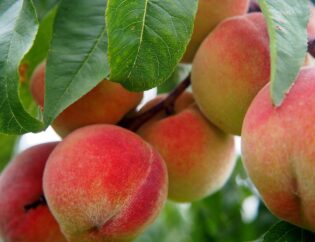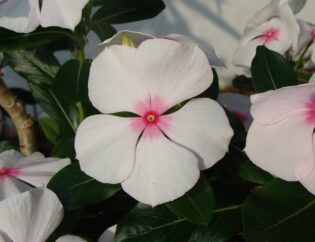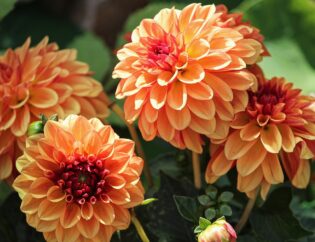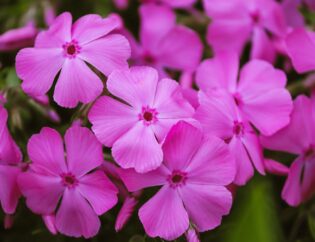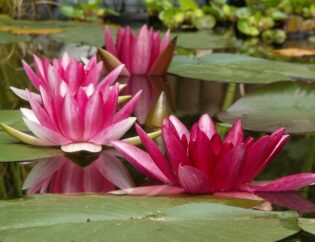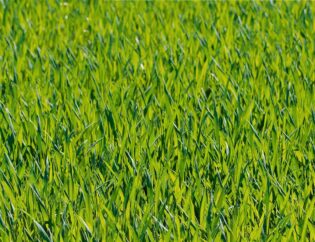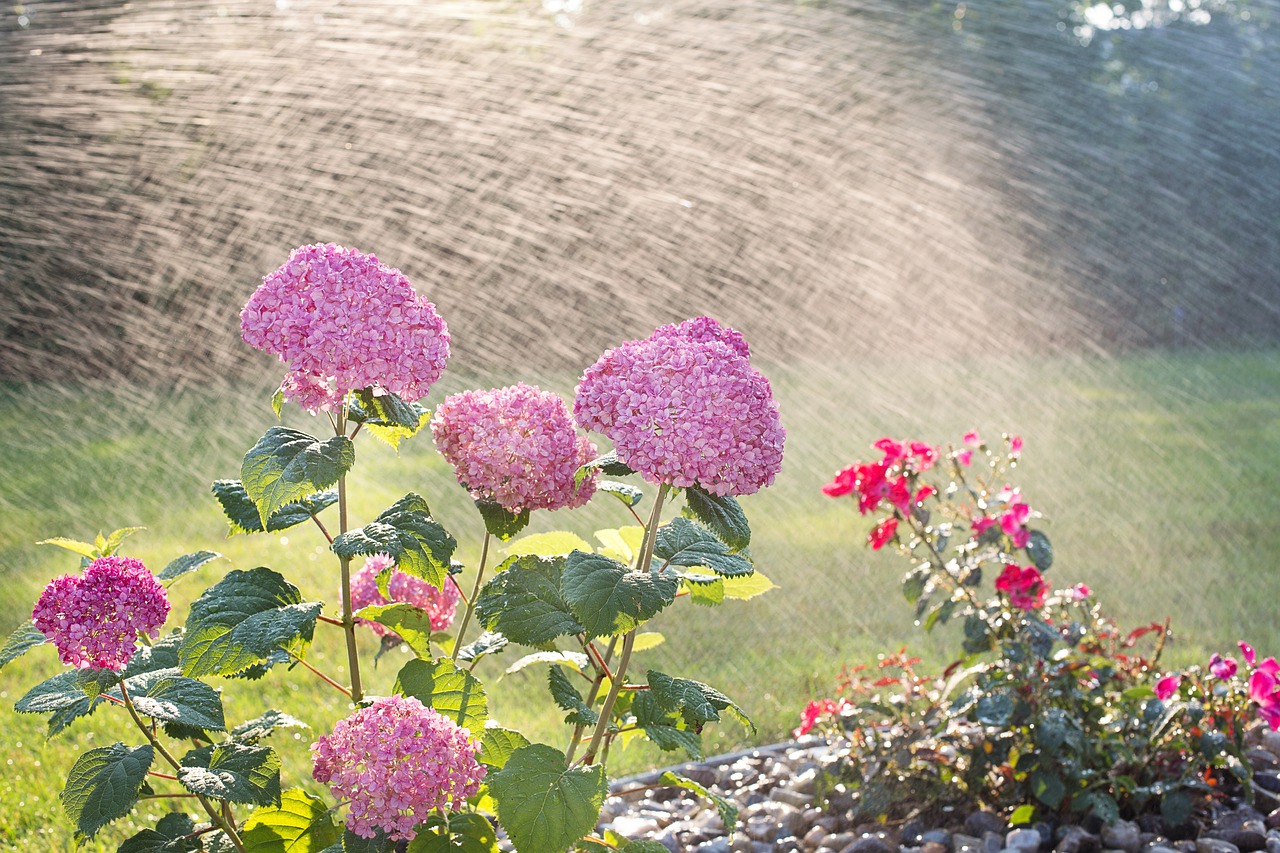
How much should homeowners water their landscaping and gardens? Different plants have different needs, not to mention that rain can be a factor. A smart irrigation system takes all the guesswork out of watering landscaping without wasting water or dehydrating any plants.
Check out the basics of a smart watering system here!
What Is a Smart Irrigation System?
A smart irrigation system uses sensors and data input to monitor a variety of factors including:
- Soil conditions
- Precipitation
- Evaporation
- Temperature
The system then uses this information to automatically adjust the system’s watering schedule. This ensures that all plants get the amount of water they require without needlessly wasting water.
Advantages of Smart Irrigation
The obvious advantage of this automatic irrigation system is that homeowners use less water to maintain their yards. Not only is this great for conservation, but also means they save money on their water bills.
Homeowners never have to worry about watering their landscaping by hand or remembering to turn the sprinkler off on time. The damage that an irregular watering schedule can cause is also not a concern.
Furthermore, many cities have ordinances that only allow homeowners to water their yards during certain windows of time. An automatic system keeps the watering schedule right on time.
Disadvantages and Cost
Of course, a smart irrigation system has some trade-offs, mostly initial expense. For obvious reasons, the system is more complicated to install, requires more setup, and involves more equipment than a manual system. This increases the upfront cost of installation.
However, in the long run, homeowners will recoup that investment. After all, the innovative features of their smart system are saving them both time and money! And the convenience of a smart system cannot be beat.
Weather-Based Smart System
A weather-based smart system will use local weather data to make watering decisions. This data includes wind, temperature, rain, and the intensity of the sunlight. Some systems require a specific weather-based controller, whereas other types come as an add-on to an existing controller.
Some types use an on-site weather sensor. These are more accurate but also significantly more expensive. For the biggest reduction in water usage, these are considered most efficient.
Other types use the GPS position of the yard and weather data from a local point to calculate the landscaping’s watering needs.
Moisture-Sensing Smart System
Instead of using weather data, a moisture sensing system measures the actual water content of the soil. There are two types of these systems.
The first is called suspended-cycle irrigation. This system stops watering if the moisture content of the soil is high. However, it will not water more than it’s pre-programmed schedule if the soil is too dry.
A water-on-demand system measures both metrics. It will water less if the moisture content is high and water more if the moisture content is low.
Maintain the System
Just as with a traditional sprinkler system, smart systems require seasonal maintenance to keep the components in good working order. Though a smart irrigation system is largely automatic, homeowners can’t forget about it completely!
Set up a maintenance schedule that includes periodic inspections and routine maintenance. Homeowners should also winterize the system properly and replace faulty parts promptly.
- Always keep an eye on the lawn and landscaping to make sure each sprinkler head is watering properly.
- Watch for signs of leaks in the system, like soggy places in the lawn or pooling water.
- Replace problem parts promptly-dry lawn patches appear quickly and are unsightly.
- Keep sensors calibrated and technology updated for best performance.
- If water is running off the lawn, consider aeration.
Important Considerations
To get the full water-saving benefits of a smart irrigation system, it’s necessary to include water-efficient emitters and other components — not just sensors and controllers.
Furthermore, the landscaping should be planned in such a way that it naturally makes the best use of the available water. For example:
- Smart systems often work in zones, so plan watering zones with plants that need the same watering schedule.
- Account for slope in each zone, as a steep slope is prone to run-off.
- Aeration should be performed if the soil is compacted. Regardless of the system, compacted soil will resist even moisture and be prone to run-off.
- Plan the sprinkler head type and reach of each sprinkler.
- Plan for the right water pressure throughout the system, especially if changes in plumbing are planned.
- For a new installation, use the right topsoil and landscaping dirt.
Prefer to Keep Your Saturday?
Let us take the yard off your plate and give you back your weekend! We have over 35 years of combined experience caring for Atlanta-area yards and landscapes. Contact our landscaping services experts to get going on your next project!

